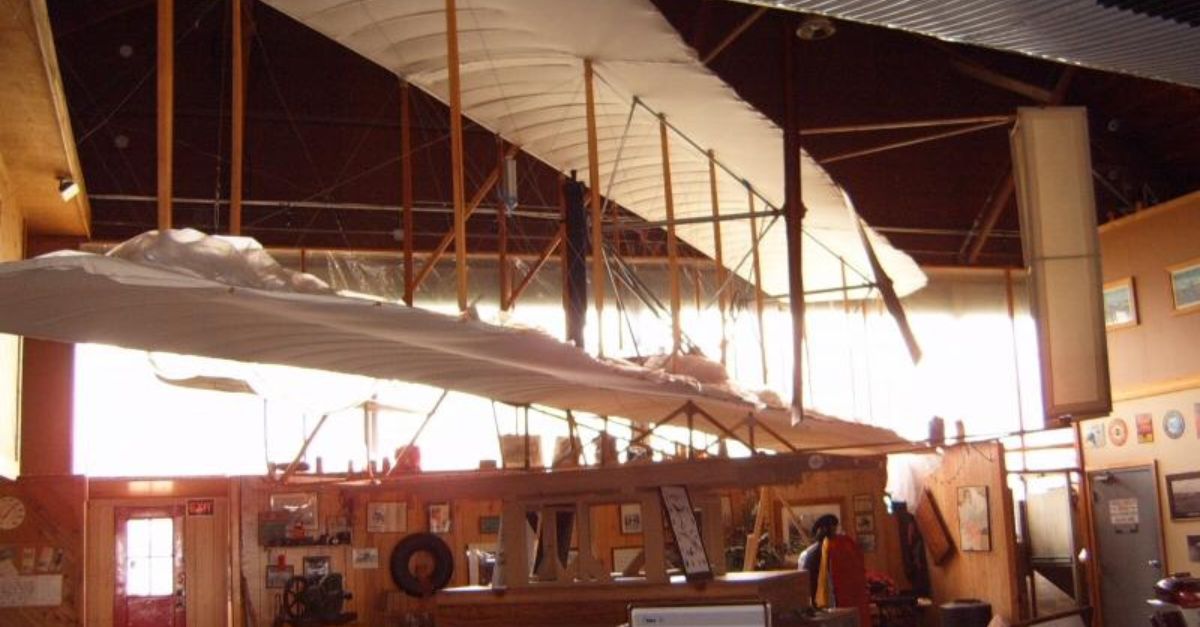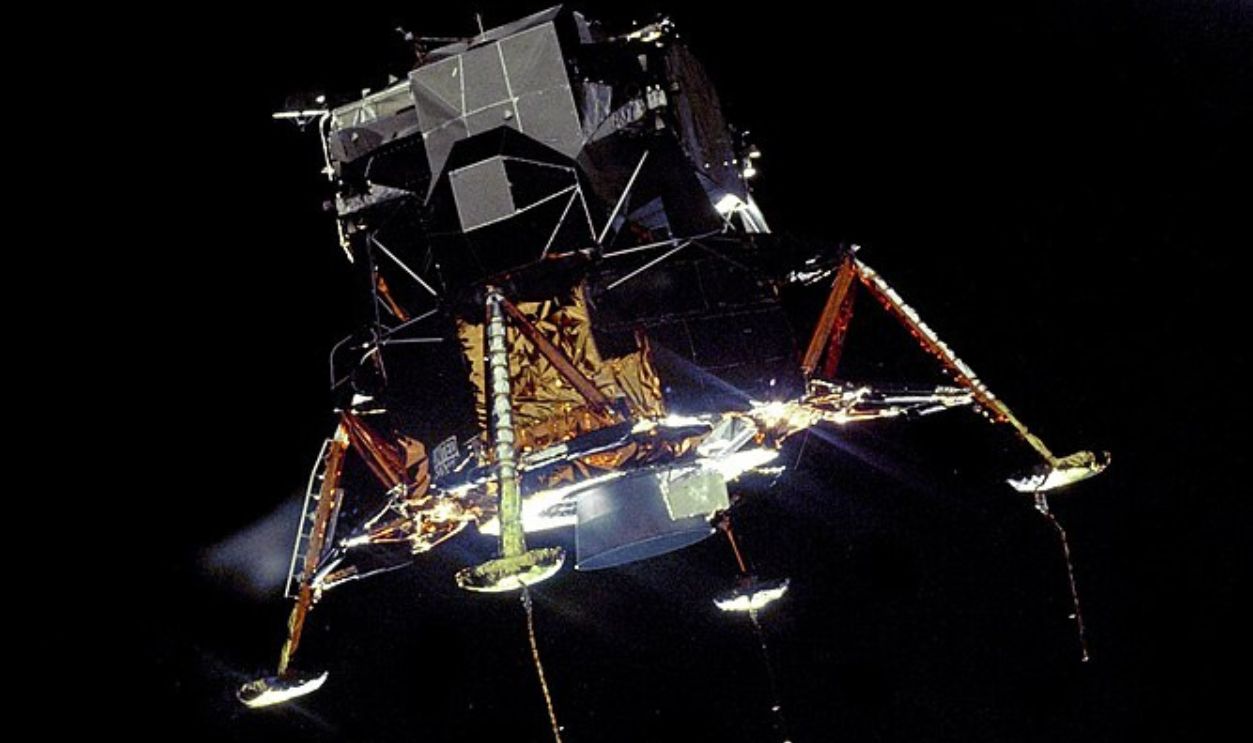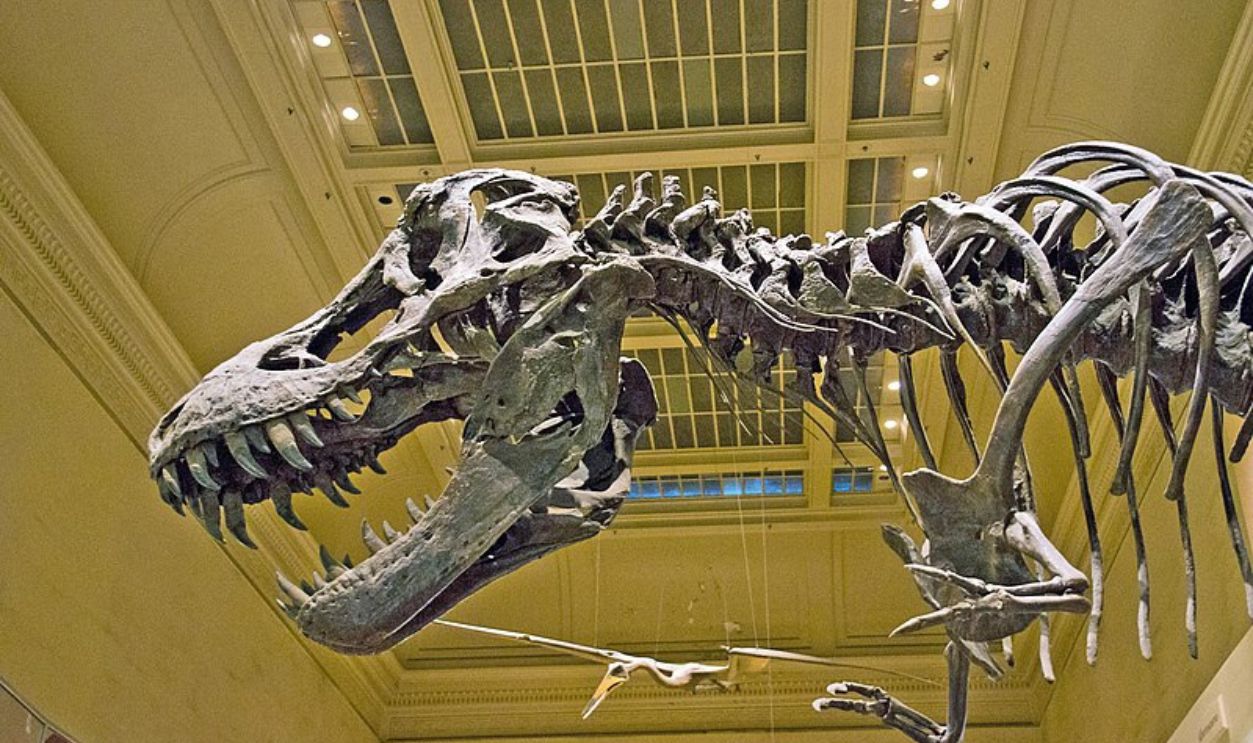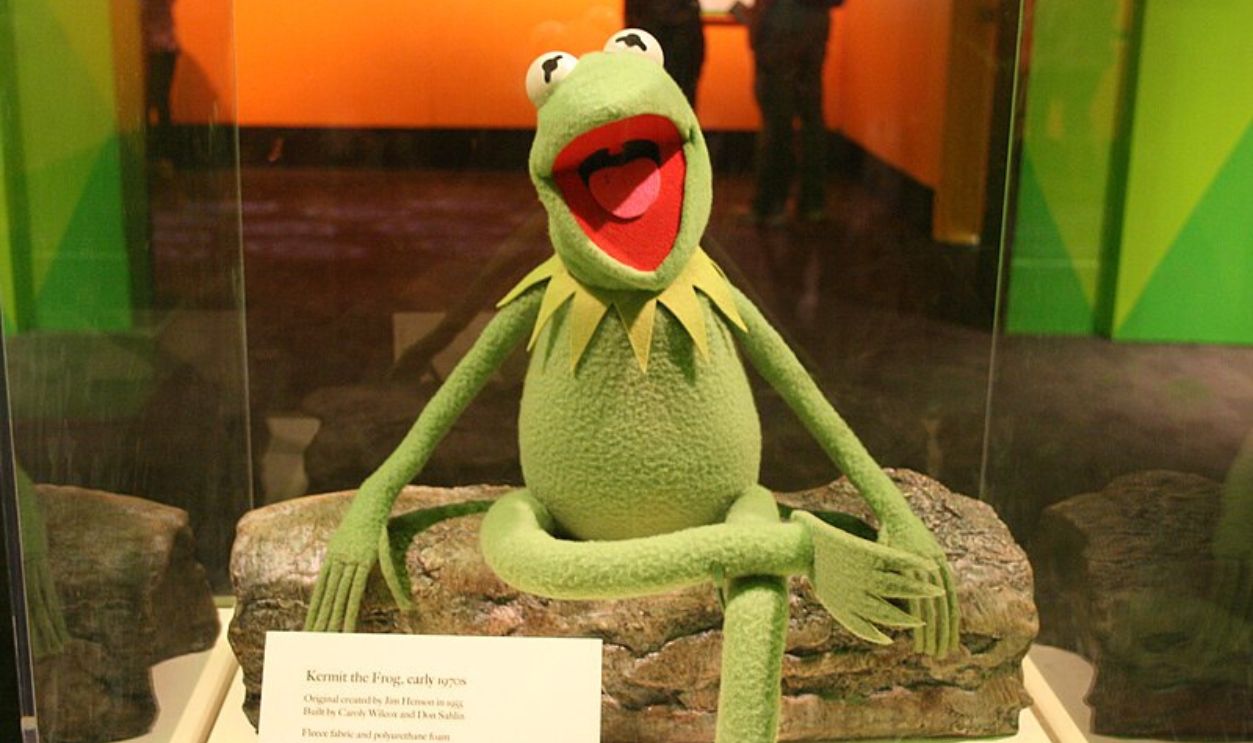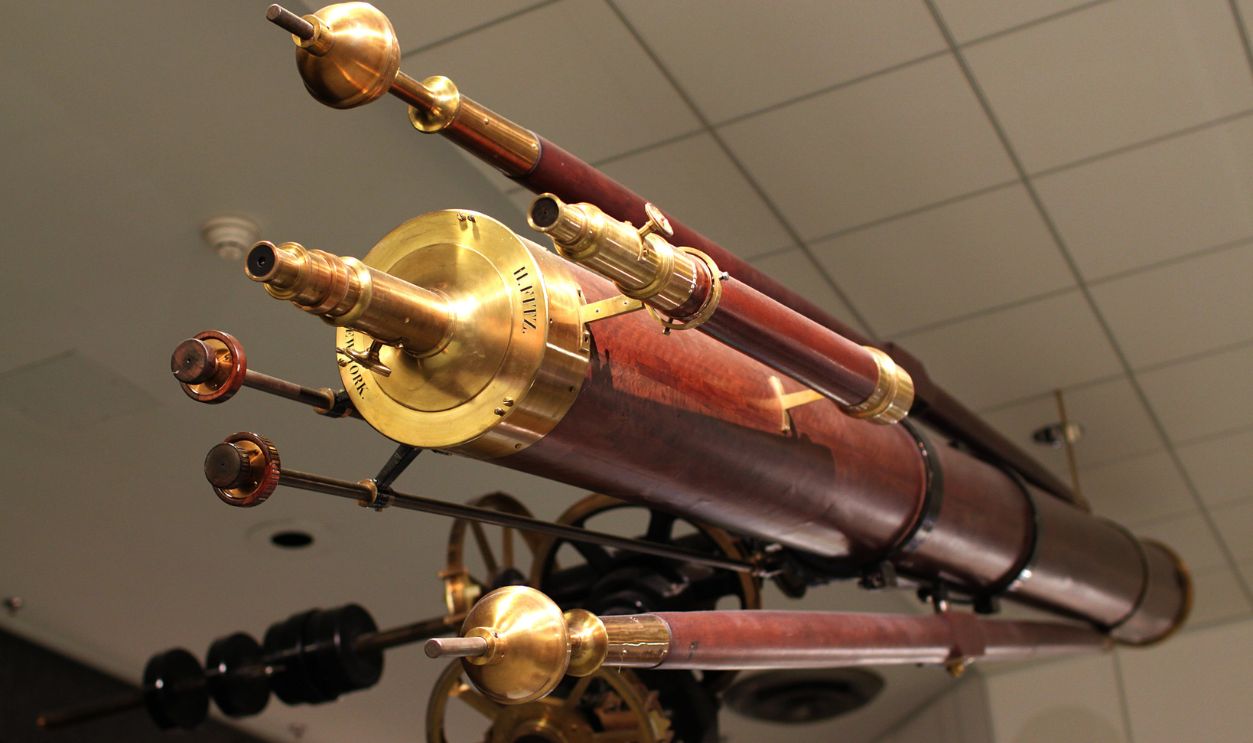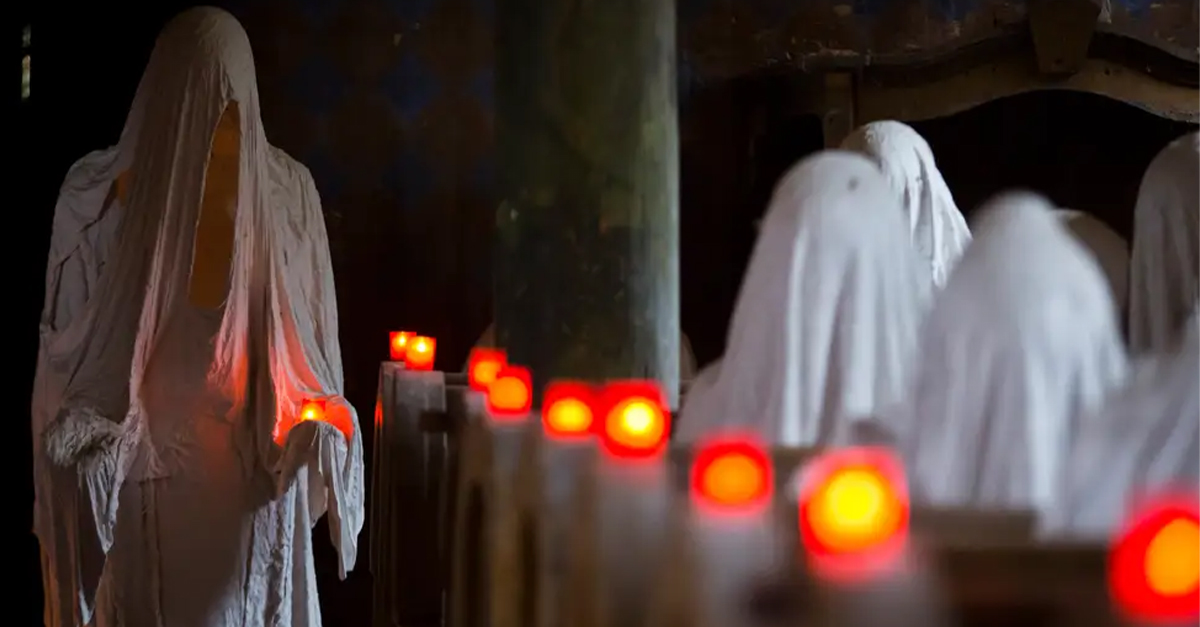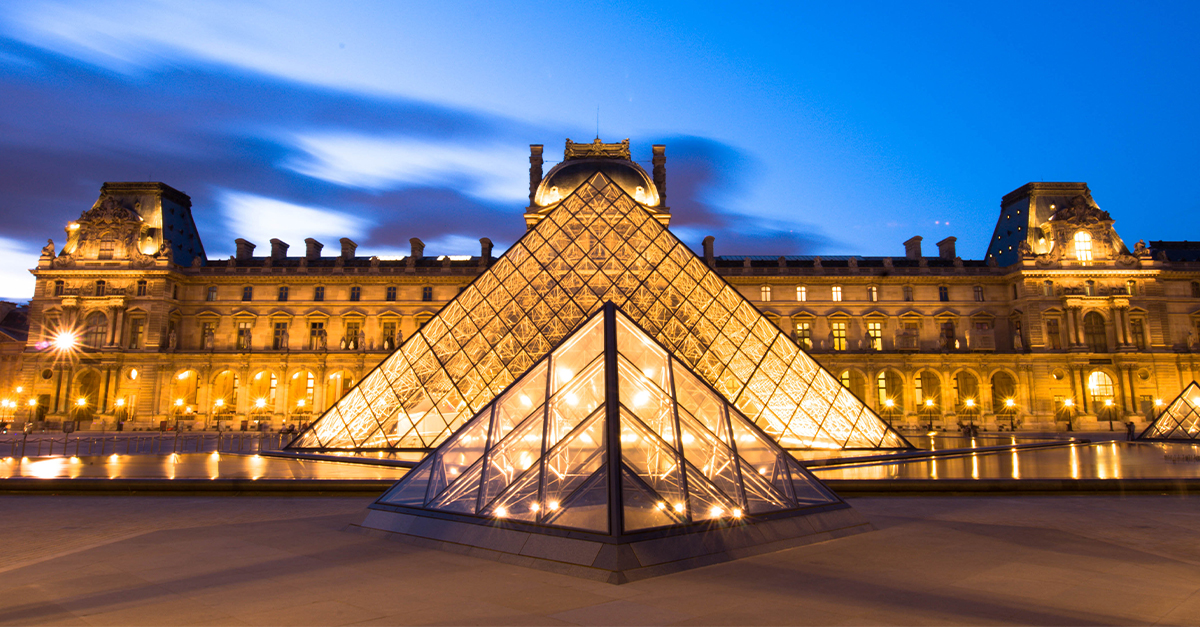Paintings, Books, And Everything In Between
From the Hope Diamond to the Apollo 11 command module, the Smithsonian Collection has some of the world's most interesting artifacts.

Location Of The Smithsonian Libraries And Archives
The Smithsonian Libraries and Archives span multiple museums in Washington, DC, New York City, and Suitland, Maryland. Its main office is in the National Museum of Natural History. Each branch serves a specialized purpose, supporting researchers, curators, and the public across its vast collection spaces.
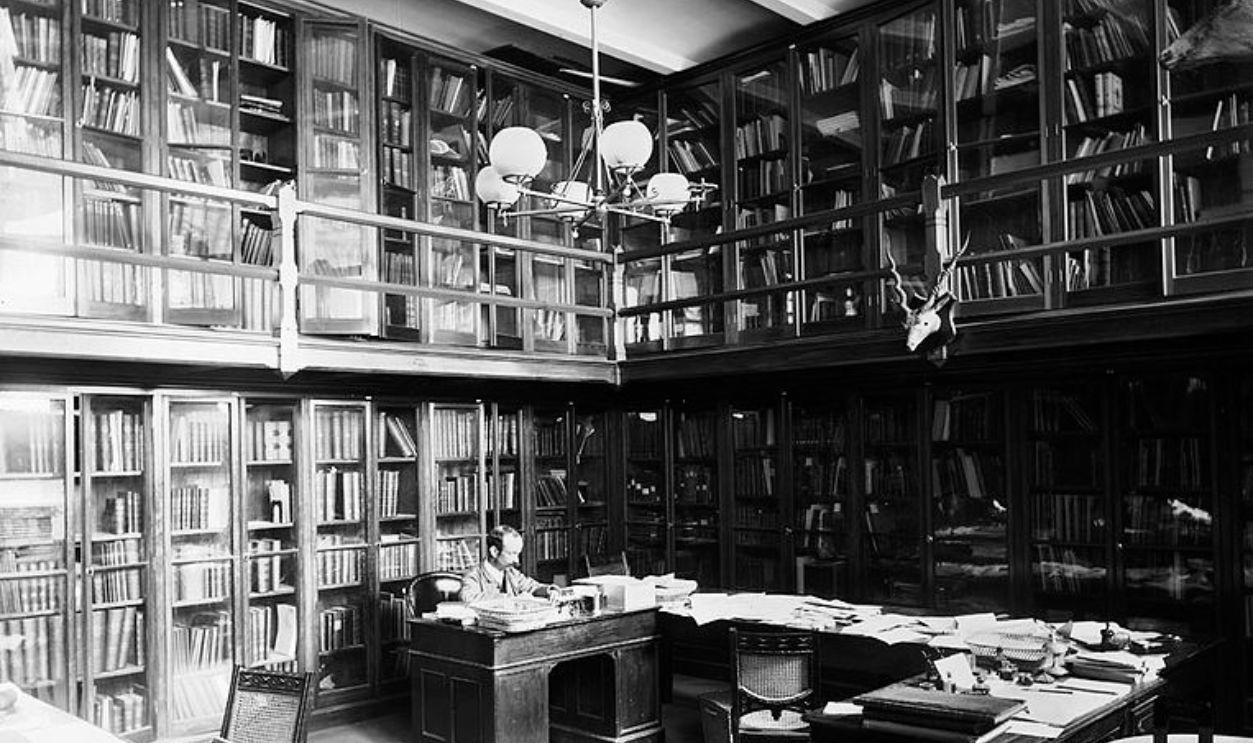 Unknown author, Wikimedia Commons
Unknown author, Wikimedia Commons
The Size Of The Collections
With over 2.8 million books, manuscripts, and digital resources, the Smithsonian’s collection covers subjects from art to aerospace. It includes rare books, scientific journals, and archival records. These collections support the Smithsonian’s mission to advance knowledge and inspire innovation worldwide. Impressive, isn’t it?
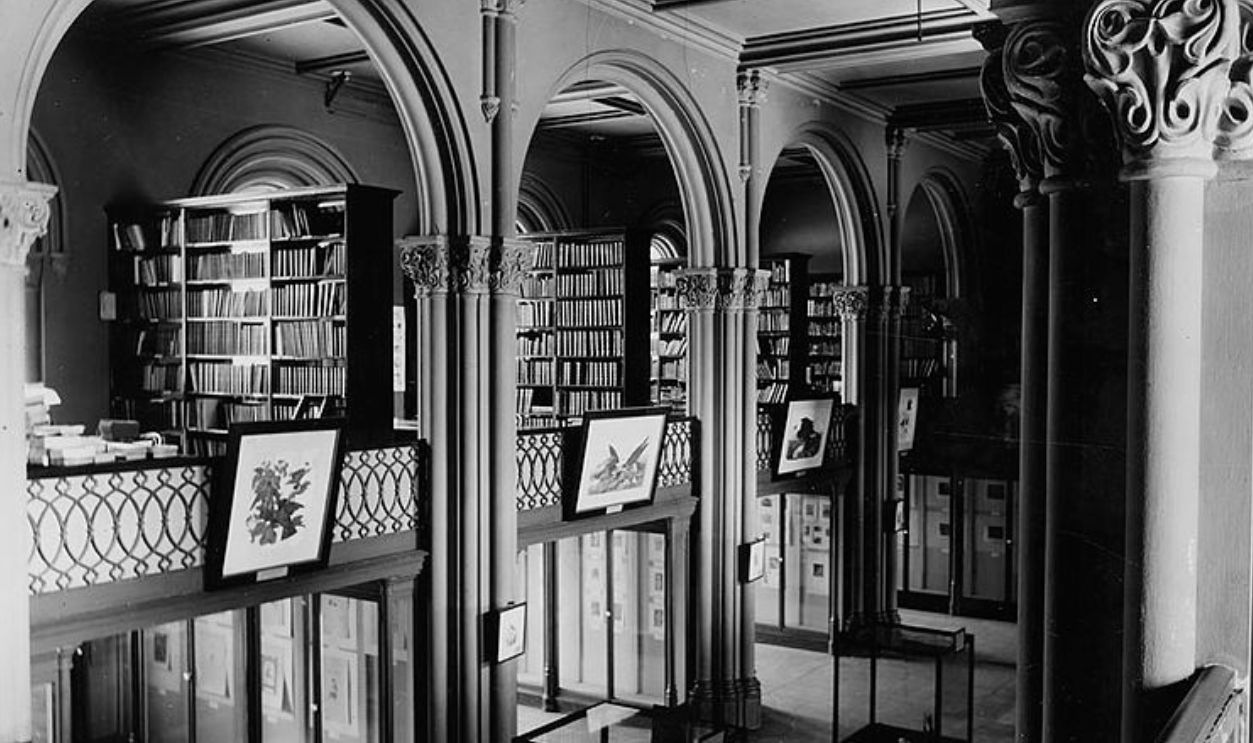 Unknown author, Wikimedia Commons
Unknown author, Wikimedia Commons
Who Can Access The Collection?
The collections are accessible to Smithsonian staff, researchers, and the general public through digital resources and reading rooms. However, not all areas are open to everyone. Restricted archives and fragile items require special permission for use. So, planning ahead is key for full access.
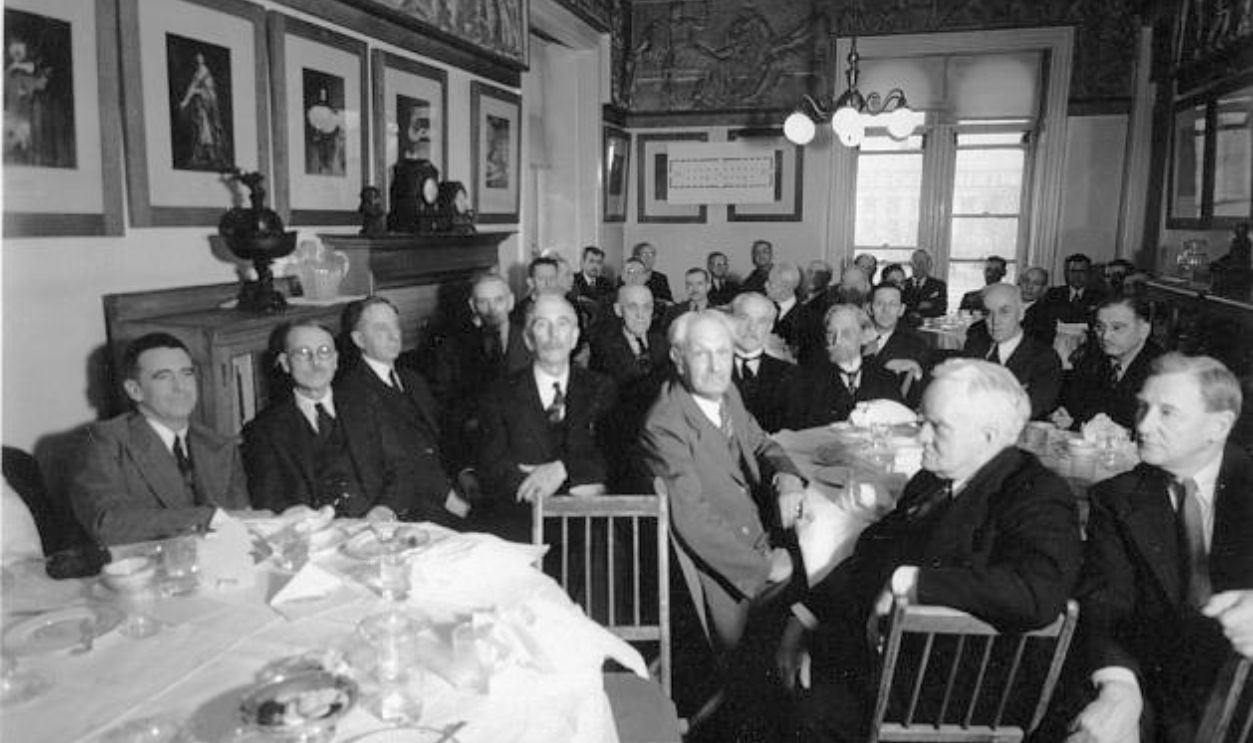 Unknown author, Wikimedia Commons
Unknown author, Wikimedia Commons
Rules To Follow In The Space
Once you get there, strict rules apply to preserve the treasures. No food, drink, or ink pens are allowed, and personal items must be stored securely. Visitors must handle materials with care, often using gloves for delicate items. So, always follow staff instructions—these artifacts belong to history itself.
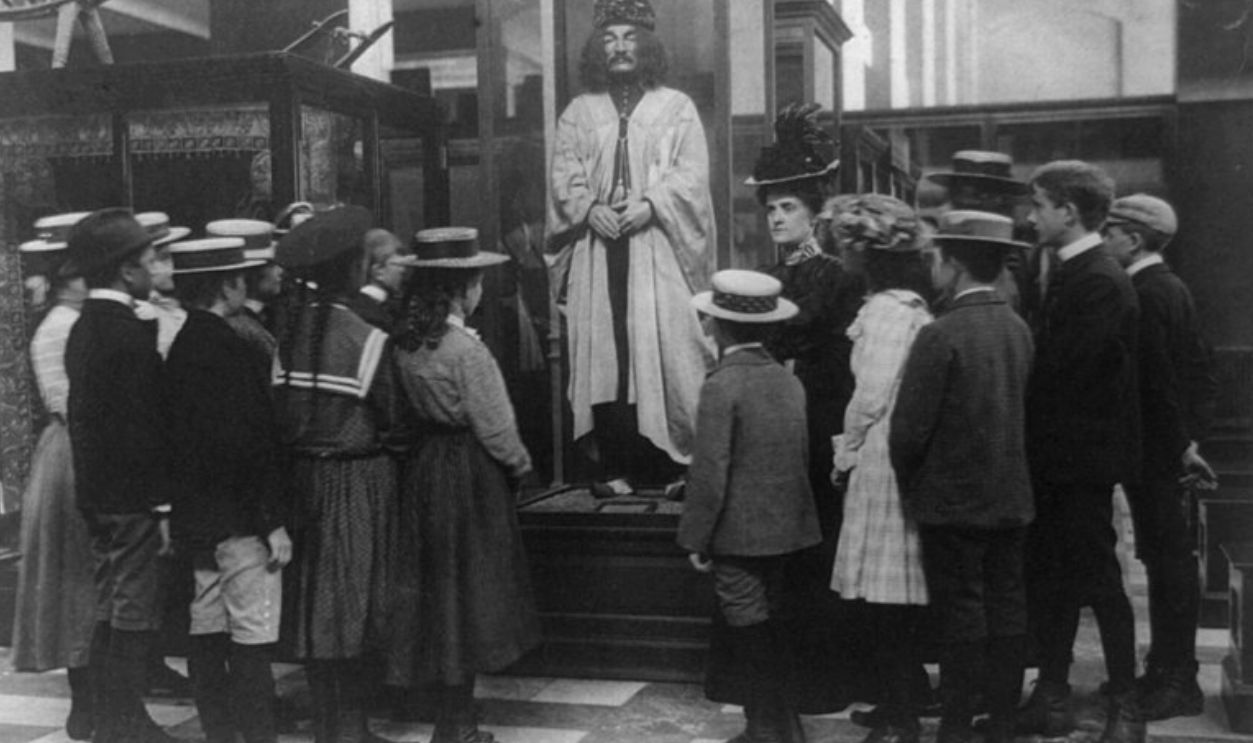 Johnston, Frances Benjamin, 1864-1952, Wikimedia Commons
Johnston, Frances Benjamin, 1864-1952, Wikimedia Commons
Can You Buy From The Collection?
Purchasing items directly from the Smithsonian Libraries is impossible—why? They’re irreplaceable! However, high-quality reproductions, books, and digital resources are available for sale in gift shops and online. Want a piece of history? Head to the Smithsonian Store instead. Here are its 20 cherished jewels.
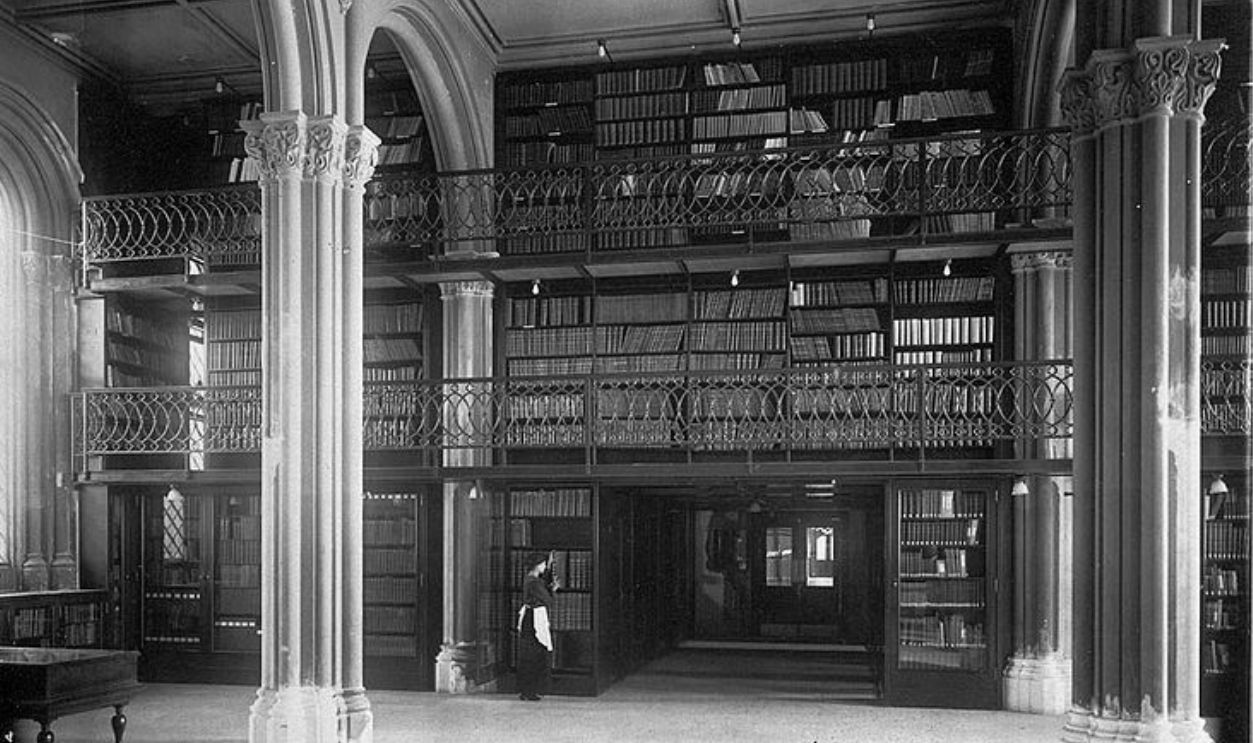 Unknown author, Wikimedia Commons
Unknown author, Wikimedia Commons
The Star-Spangled Banner’s Preservation
Here’s a flag that saw history unfold! The original Star-Spangled Banner, stitched by Mary Pickersgill in 1813, inspired Francis Scott Key’s anthem during the War of 1812. Resting in dim light and controlled humidity at the Smithsonian, its 15 stars and stripes evoke patriotism and perseverance. Worth a salute, right?
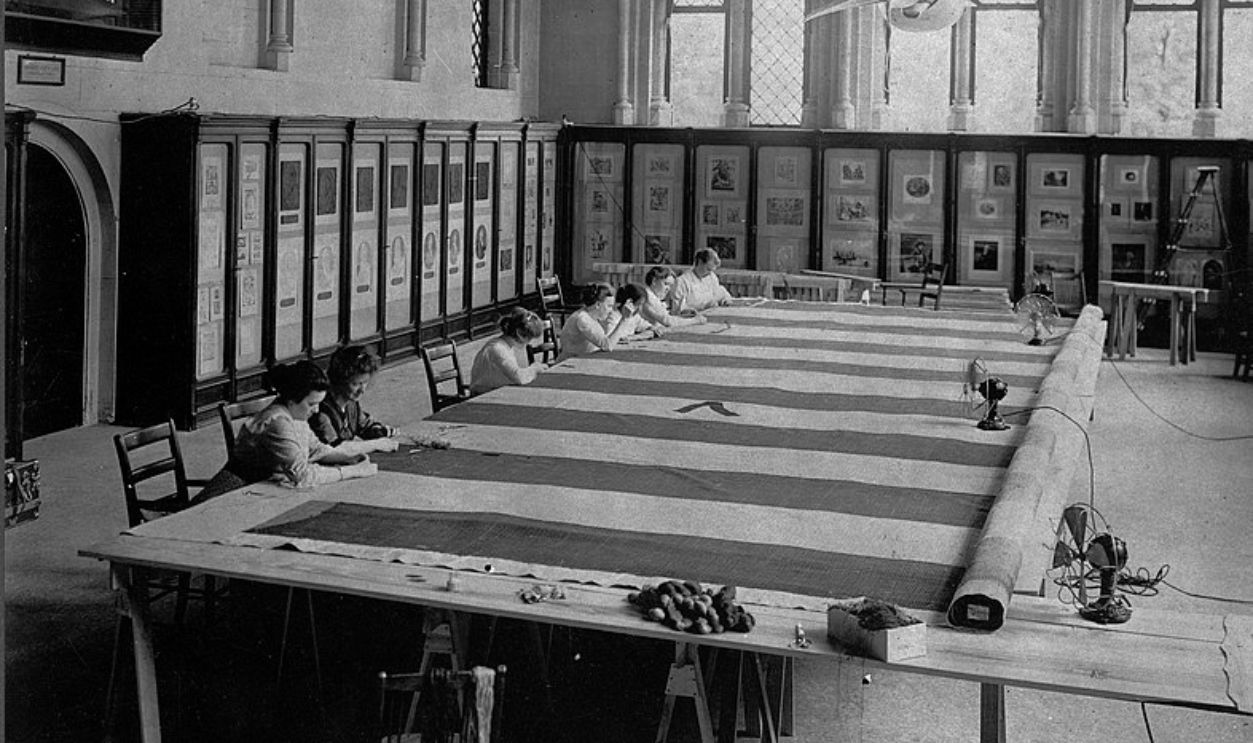 Unknown author, Wikimedia Commons
Unknown author, Wikimedia Commons
Dorothy’s Ruby Slippers
Who doesn’t know Dorothy’s magical red shoes? Adorned by Judy Garland in The Wizard of Oz (1939), these sparkling slippers feature 2,300 sequins and were actually silver in L. Frank Baum’s original novel. Their enchanting glow lit up audiences’ hearts during the Great Depression. Talk about walking a mile in history.
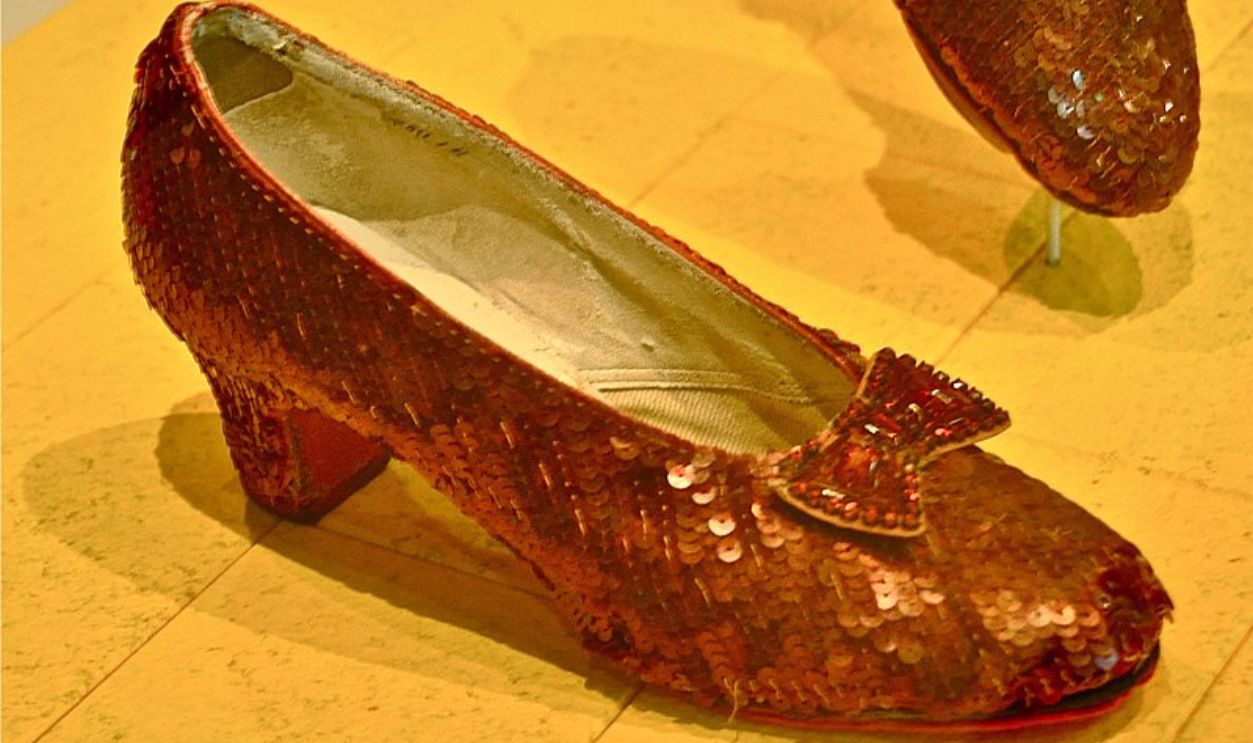 Kevin Burkett from Philadelphia, Pa., USA, CC BY-SA 2.0, Wikimedia Commons
Kevin Burkett from Philadelphia, Pa., USA, CC BY-SA 2.0, Wikimedia Commons
The Wright Brothers’ 1903 Flyer
When Orville and Wilbur Wright’s Flyer took off at Kitty Hawk, it wasn’t just a flight but humanity’s first powered leap. Built with spruce and muslin, this aircraft soared for 12 seconds—hardly a marathon, but what a start. This relic now hangs at the National Air and Space Museum.
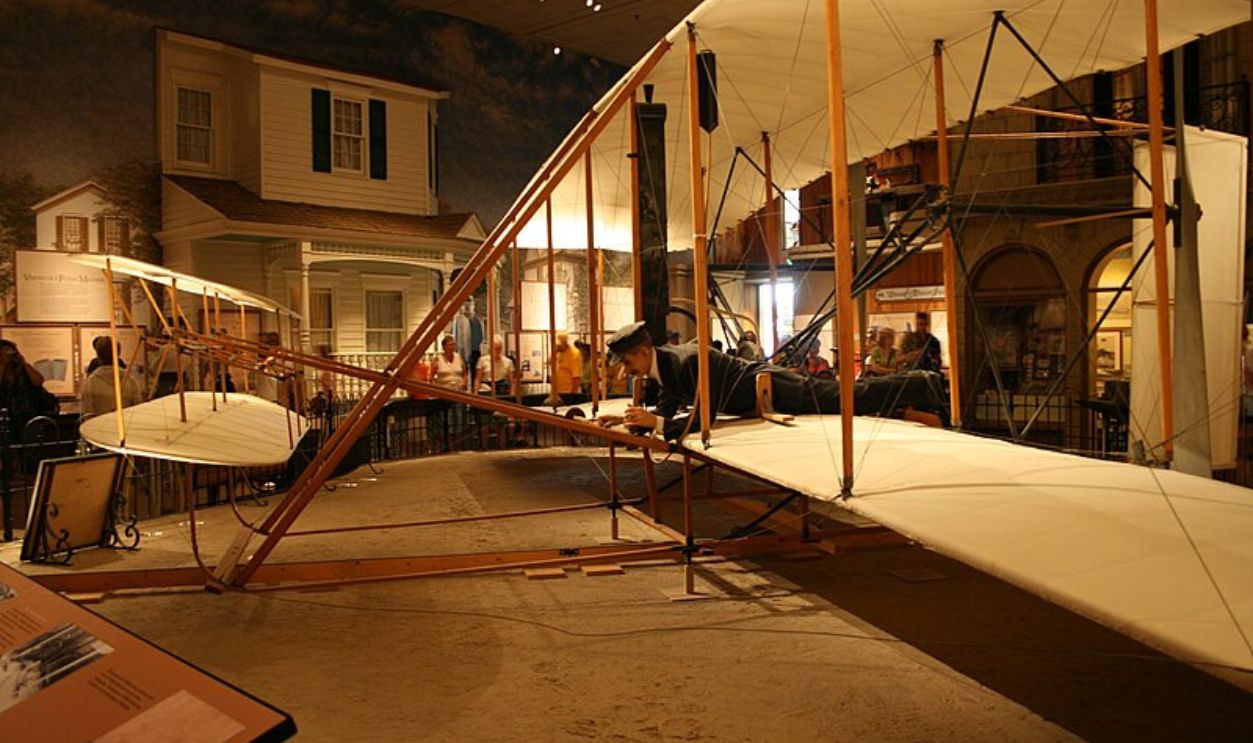 Gary Todd from Xinzheng, China, CC0, Wikimedia Commons
Gary Todd from Xinzheng, China, CC0, Wikimedia Commons
The Hope Diamond’s Mystique
Radiating brilliance and whispers of curses, the 45.52-carat Hope Diamond dazzles visitors. Its origins trace back to India’s Golconda mines, while its rich blue hue comes from boron impurities. Once worn by French kings, it’s now a Smithsonian treasure—but you can’t try it on.
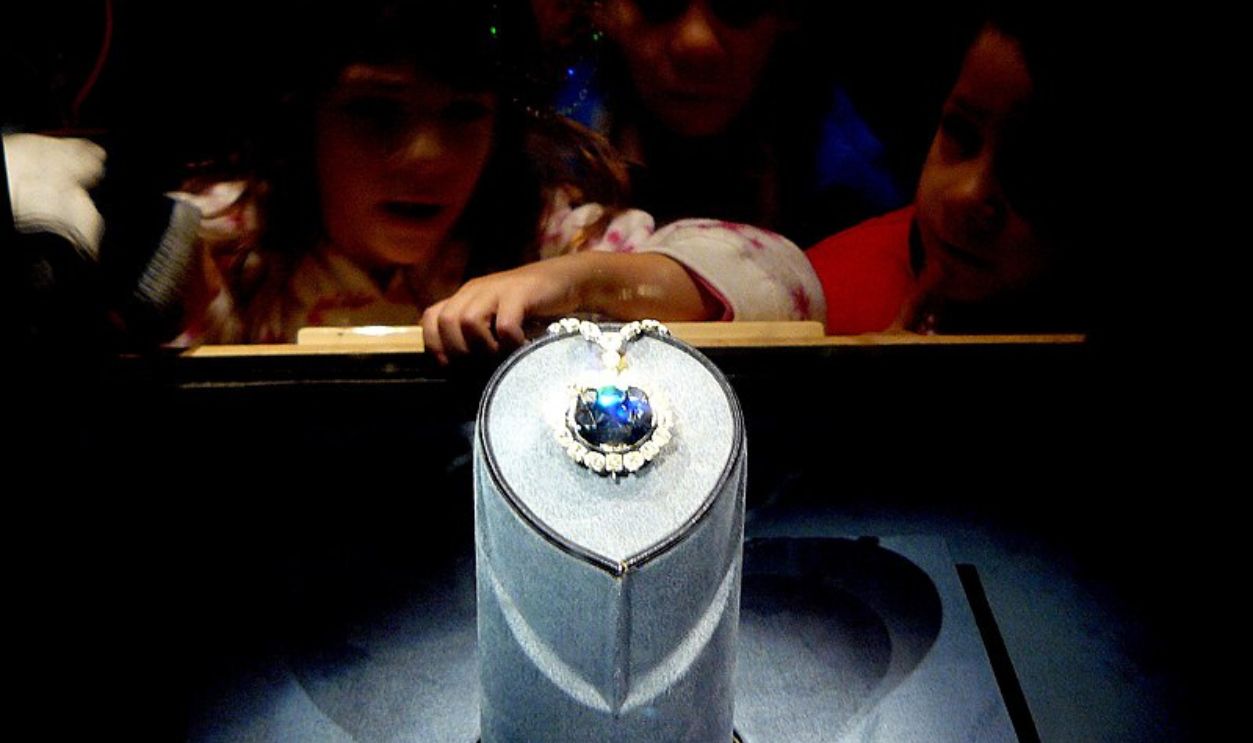 Kunalm, CC BY-SA 4.0, Wikimedia Commons
Kunalm, CC BY-SA 4.0, Wikimedia Commons
Apollo 11 Command Module’ Columbia’
This spacecraft brought Neil Armstrong, Buzz Aldrin, and Michael Collins safely home from the moon in 1969. Its burn marks from reentry scream, “Mission accomplished”! Imagine the conversations that echoed inside during their 250,000-mile journey. It’s space exploration packed into a compact, fire-scorched capsule.
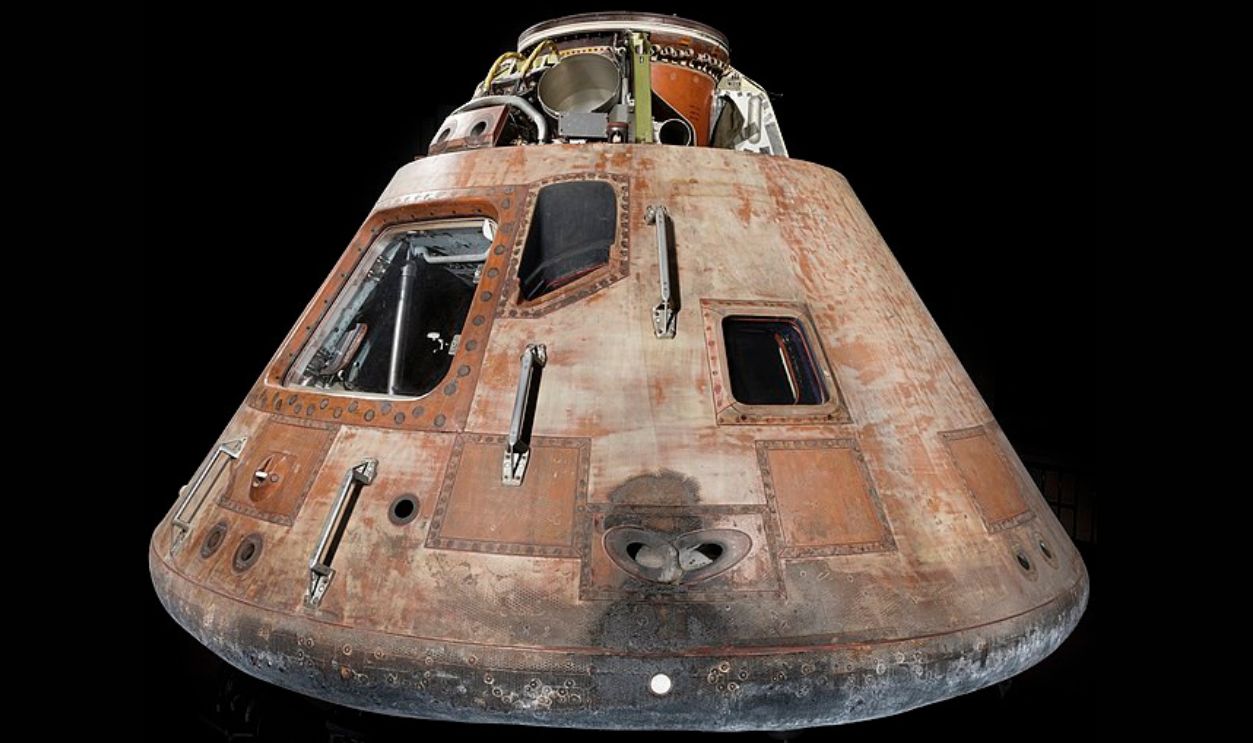 Smithsonian Institution/Eric Long, CC0, Wikimedia Commons
Smithsonian Institution/Eric Long, CC0, Wikimedia Commons
The Greensboro Lunch Counter
What looks like an ordinary counter is anything but. This Woolworth’s site witnessed four brave students igniting the Civil Rights Movement in 1960 with a peaceful sit-in. Their silent stand against segregation sent ripples across America. Who knew change could be sparked over a meal?
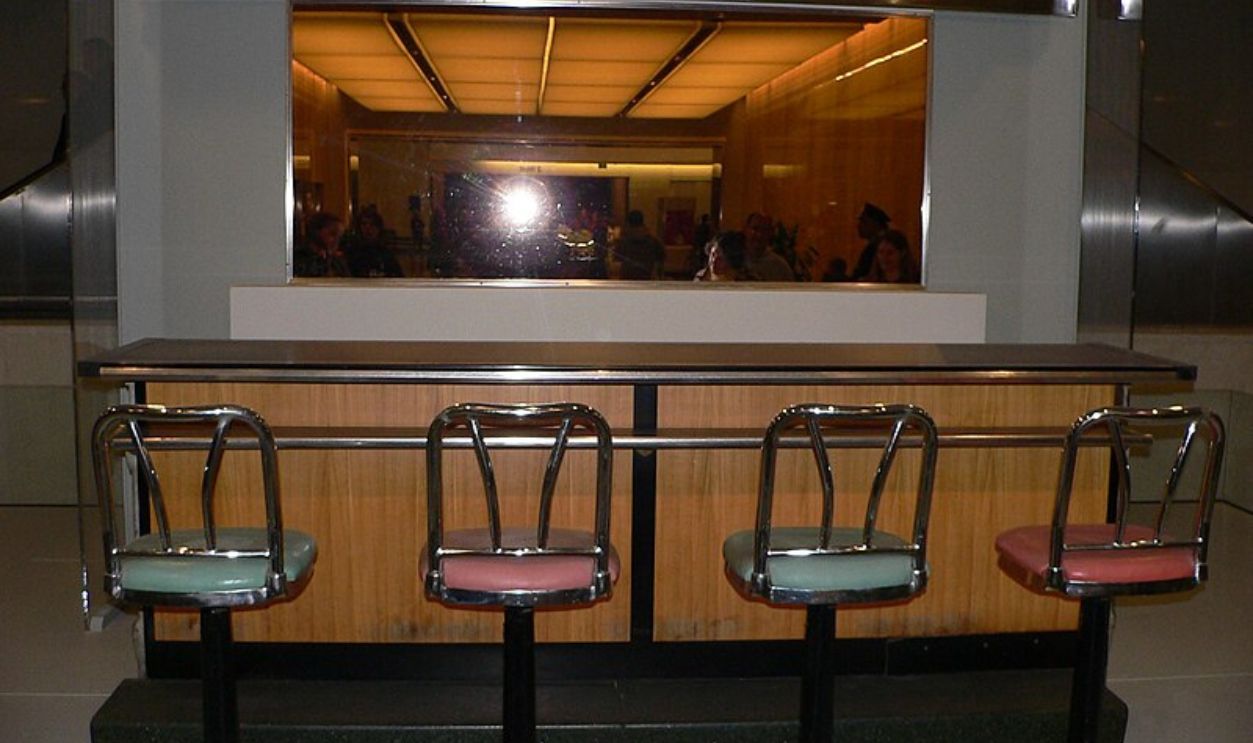 Mark Pellegrini, CC BY-SA 2.5, Wikimedia Commons
Mark Pellegrini, CC BY-SA 2.5, Wikimedia Commons
The Giant Squid Model
Deep-sea monsters are rare to encounter, but not at the Smithsonian. The life-sized giant squid model, with tentacles stretching 30 feet, educates visitors about one of Earth’s most elusive creatures. Found in 2005, this recreation brings you face-to-face with the ocean’s mysteries.
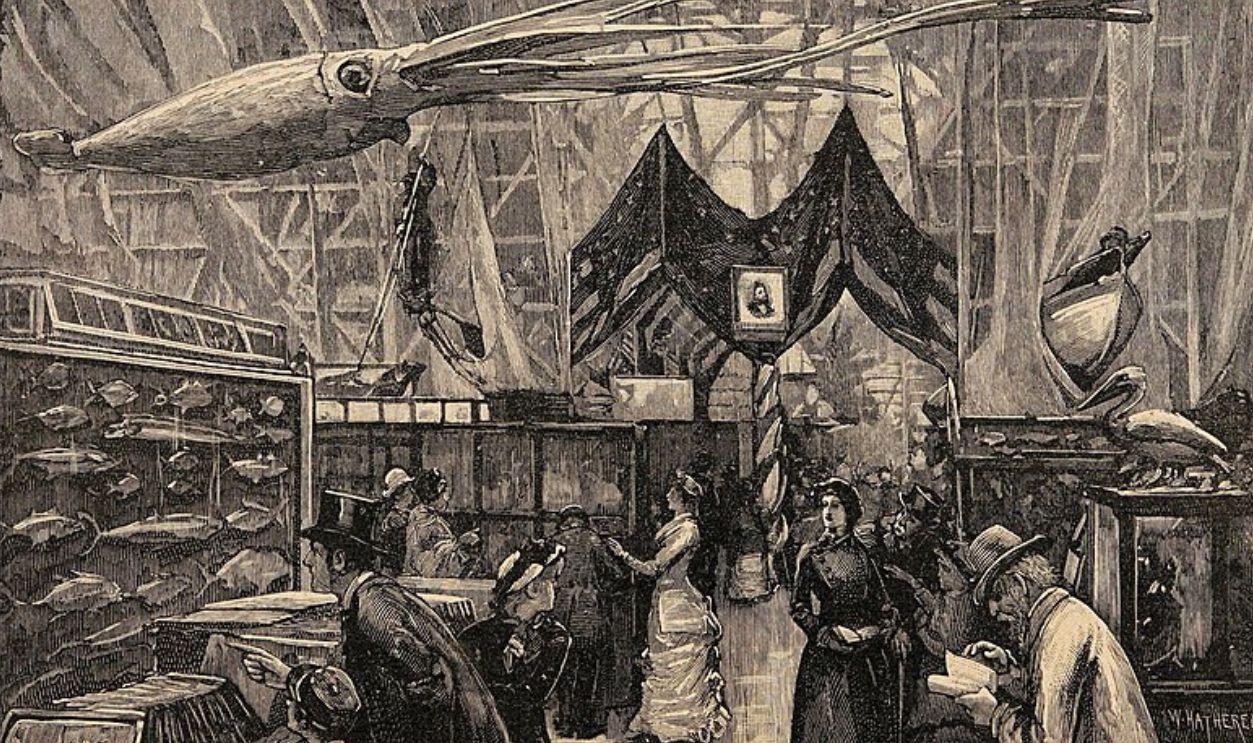 William Hatherell (1855–1928), Wikimedia Commons
William Hatherell (1855–1928), Wikimedia Commons
The John Bull Locomotive
What if you could ride through history? The John Bull, built in 1831, revolutionized travel and industry by connecting cities like never before. This steam locomotive still runs occasionally and offers a roaring glimpse into the power that drove America’s growth. It’s steel, steam, and legacy in motion.
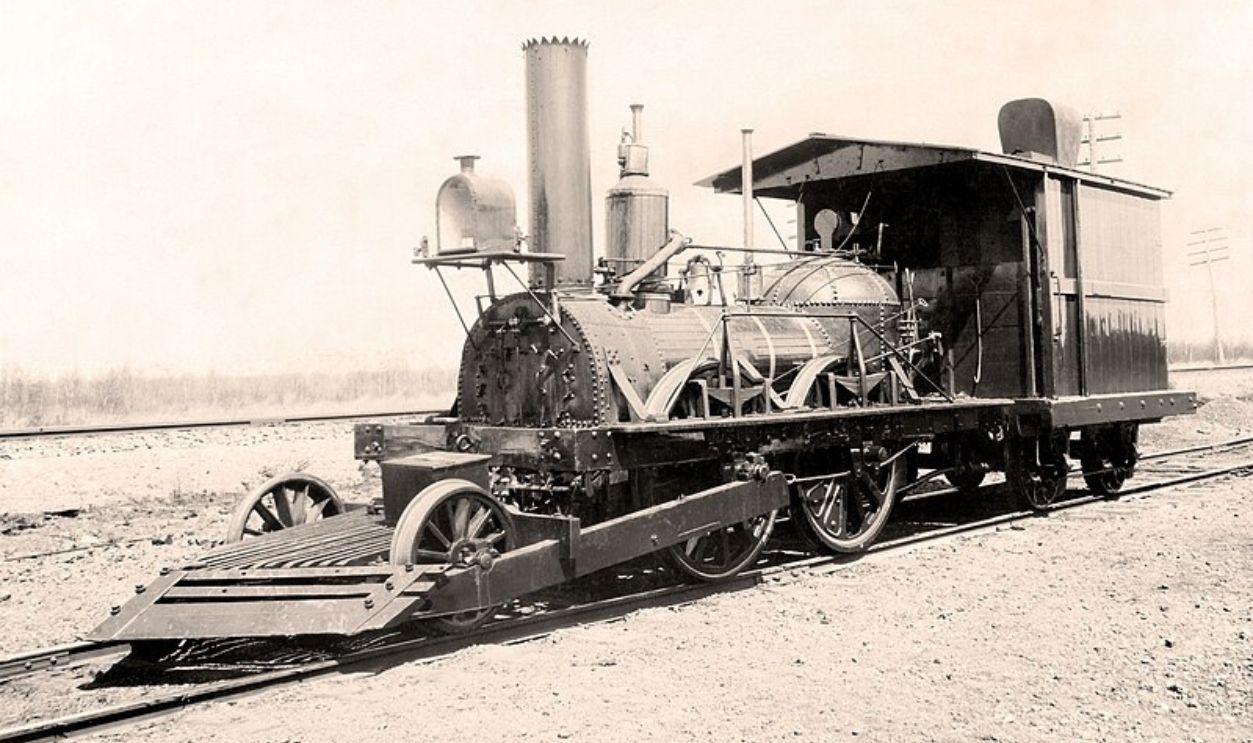 Unknown author, Wikimedia Commons
Unknown author, Wikimedia Commons
Julia Child’s Kitchen
How about a peek into culinary genius? Julia Child’s kitchen, preserved down to the last whisk, showcases her love for French cuisine. With custom countertops to fit her height and walls pegged with tools, this workspace is a feast for the eyes. Cooking inspiration, anyone?
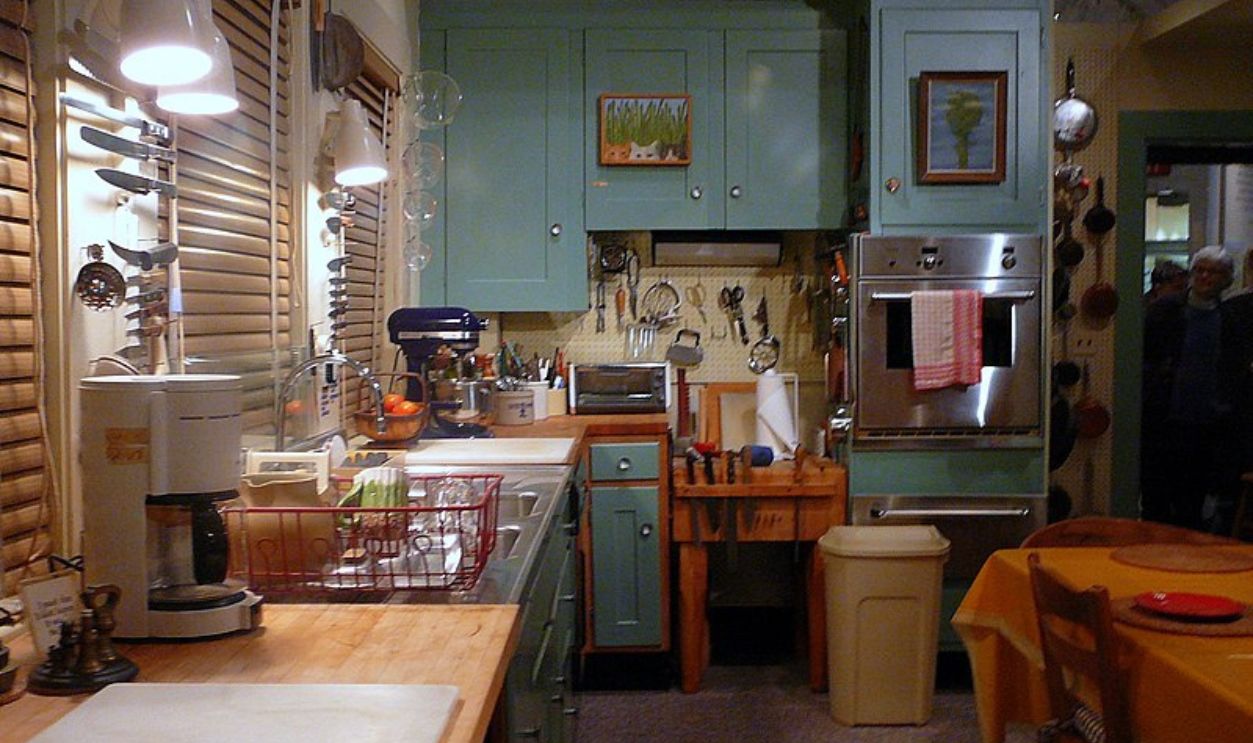 F Deventhal, CC BY 2.0, Wikimedia Commons
F Deventhal, CC BY 2.0, Wikimedia Commons
The Spirit Of St. Louis
In 1927, Charles Lindbergh flew solo across the Atlantic in this sleek, silver beauty—sans windshield. He packed sandwiches and coffee for the 33-hour journey, braving sleep deprivation and storms. Today, this aircraft inspires dreamers at the National Air and Space Museum.
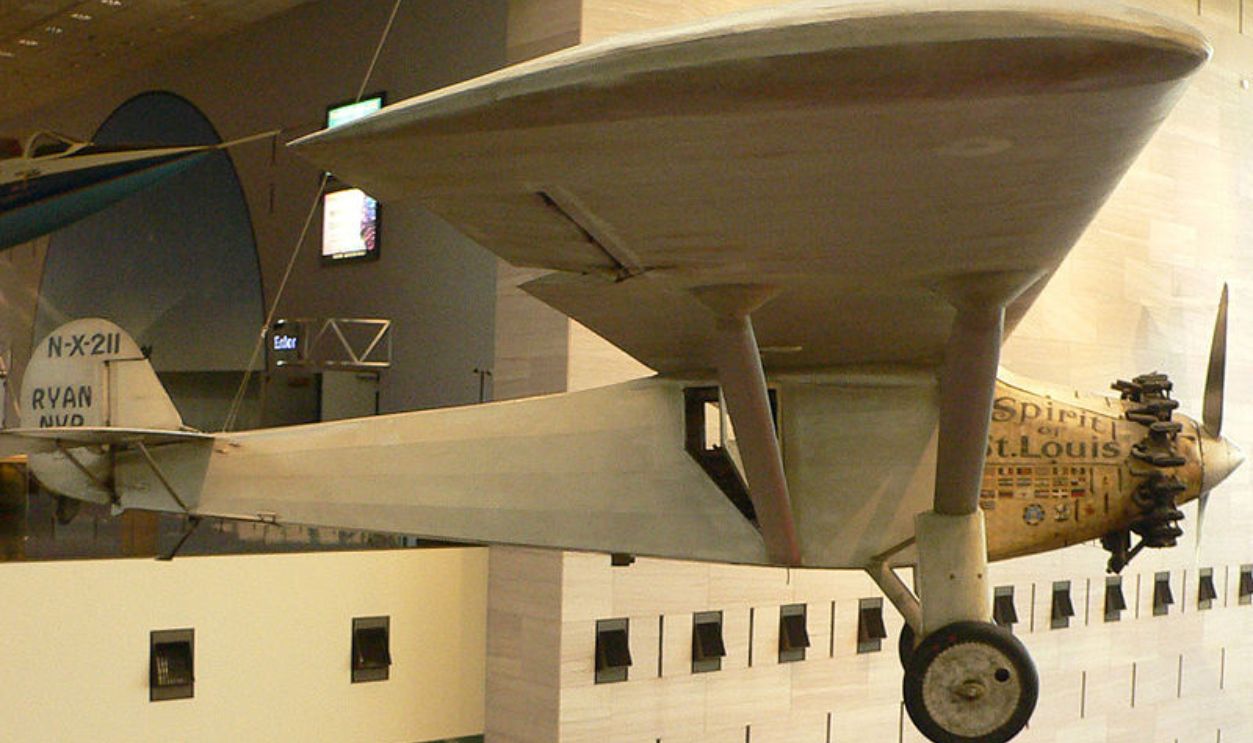 Raul654, CC BY-SA 3.0, Wikimedia Commons
Raul654, CC BY-SA 3.0, Wikimedia Commons
The First Ladies’ Inaugural Gowns
Fashion meets history in this dazzling exhibit. From Dolley Madison’s modest silks to Jackie Kennedy’s chic elegance, these gowns offer a timeline of American style. Each dress whispers stories of inaugural balls, first impressions, and changing eras.
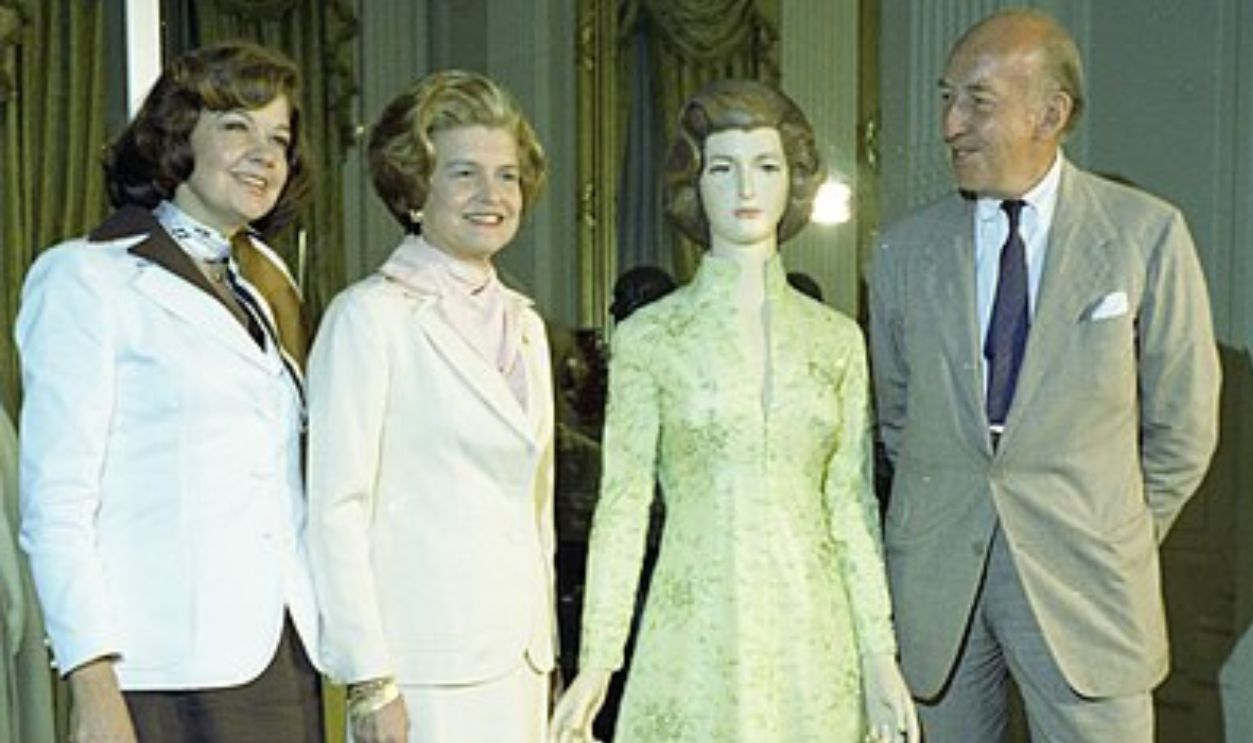 National Archives and Records Administration, Wikimedia Commons
National Archives and Records Administration, Wikimedia Commons
The Apollo Lunar Module
If the moon could talk, it’d mention this spider-like spacecraft for sure. Used in Apollo 11, it carried Armstrong and Aldrin to the lunar surface in 1969. Its fragile appearance hides pioneering engineering that made spacewalking possible.
The Enola Bomber
Sitting at the National Air and Space Museum, the Enola symbolizes both technological triumph and ethical dilemmas. This B-29 bomber dropped the first atomic bomb on Hiroshima in 1945. Its sleek metallic body contrasts sharply with the moral questions it raises.
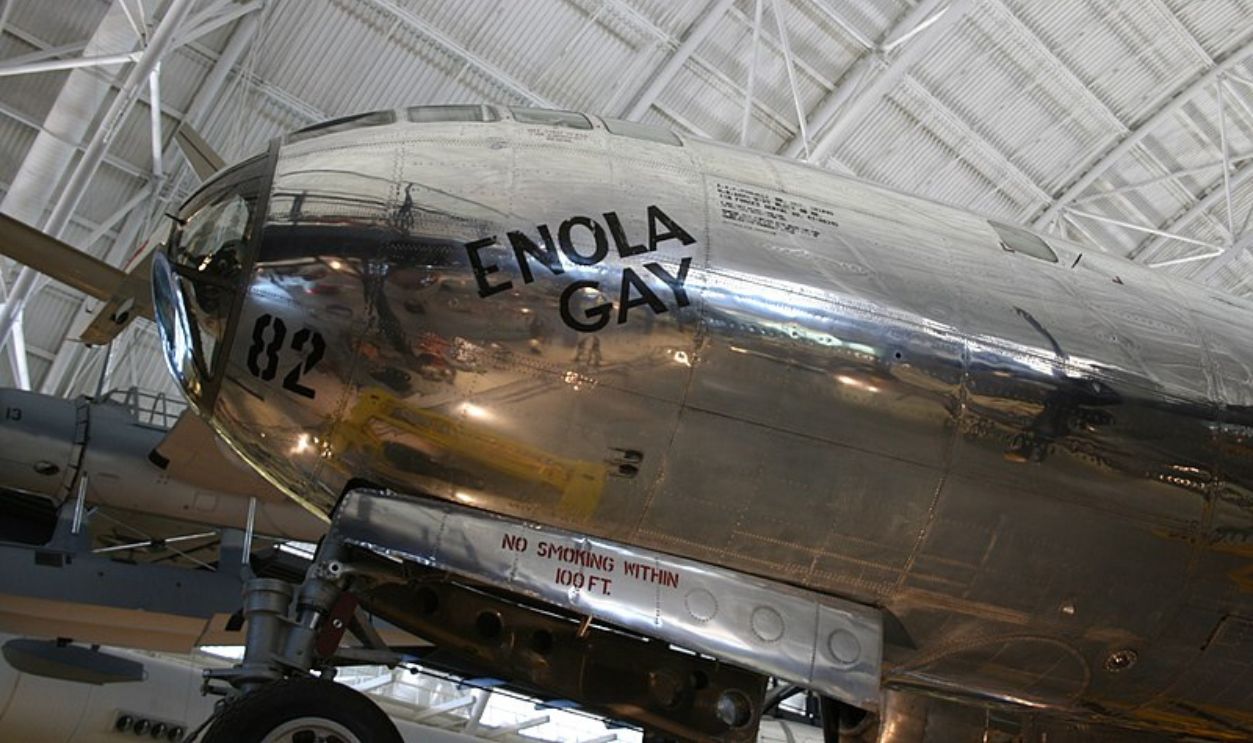 Gary Todd from Xinzheng, China, CC0, Wikimedia Commons
Gary Todd from Xinzheng, China, CC0, Wikimedia Commons
The Fossil Hall’s T-Rex Skeleton
Prepare to feel small. The T-Rex skeleton at the Smithsonian towers over visitors, showcasing razor-sharp teeth and powerful limbs. Standing 40 feet long, it ruled the Cretaceous Period with unmatched ferocity. Can you imagine this behemoth thundering across prehistoric plains?
The Lansdowne Portrait Of George Washington
Painted in 1796, Gilbert Stuart’s masterpiece immortalizes George Washington in a commanding pose. Details like a rainbow and books reflect ideals of unity and learning. Its creation required careful brushwork—and perhaps a bit of patience from Washington, who reportedly disliked sitting for portraits.
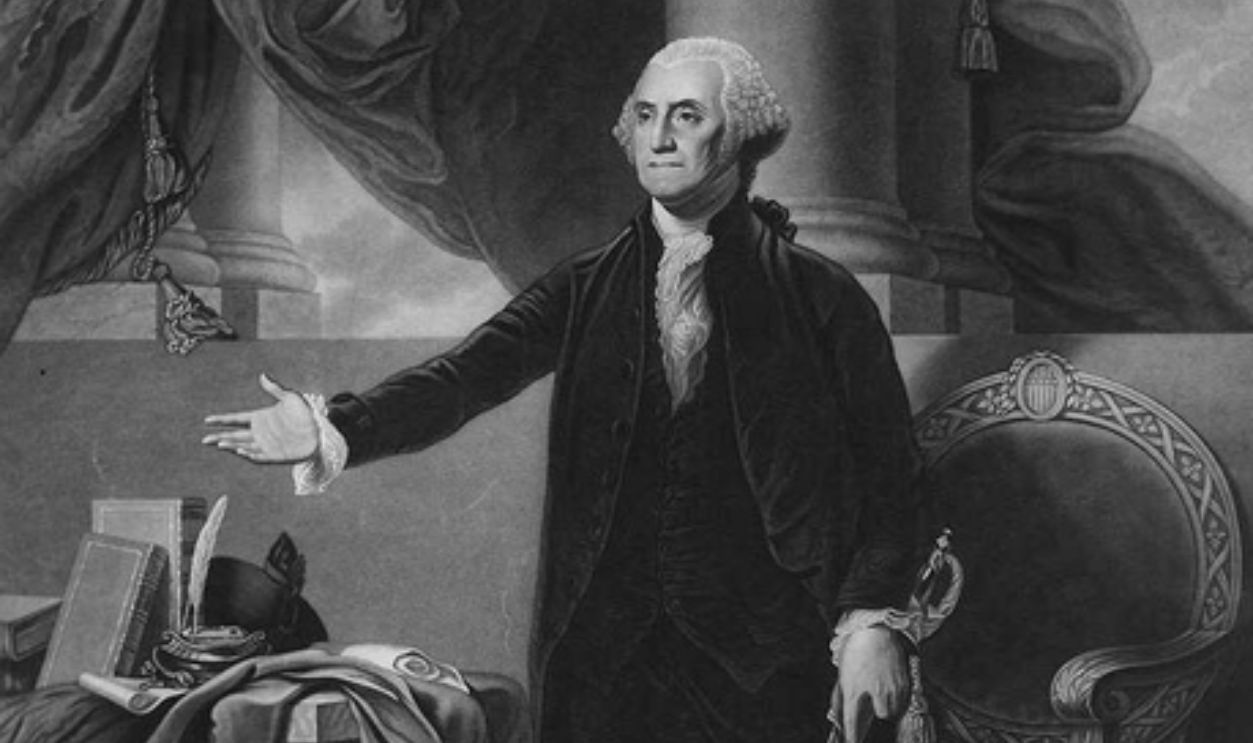 Gilbert Stuart, Wikimedia Commons
Gilbert Stuart, Wikimedia Commons
The Batmobile From 1989’s Batman
Venture into Gotham with this iconic Batmobile, a marriage of art and engineering. Created for Tim Burton’s 1989 film, its sleek, futuristic design set a new standard for cinematic vehicles. Doesn’t it make you want to fight crime—or at least drive around town looking cool?
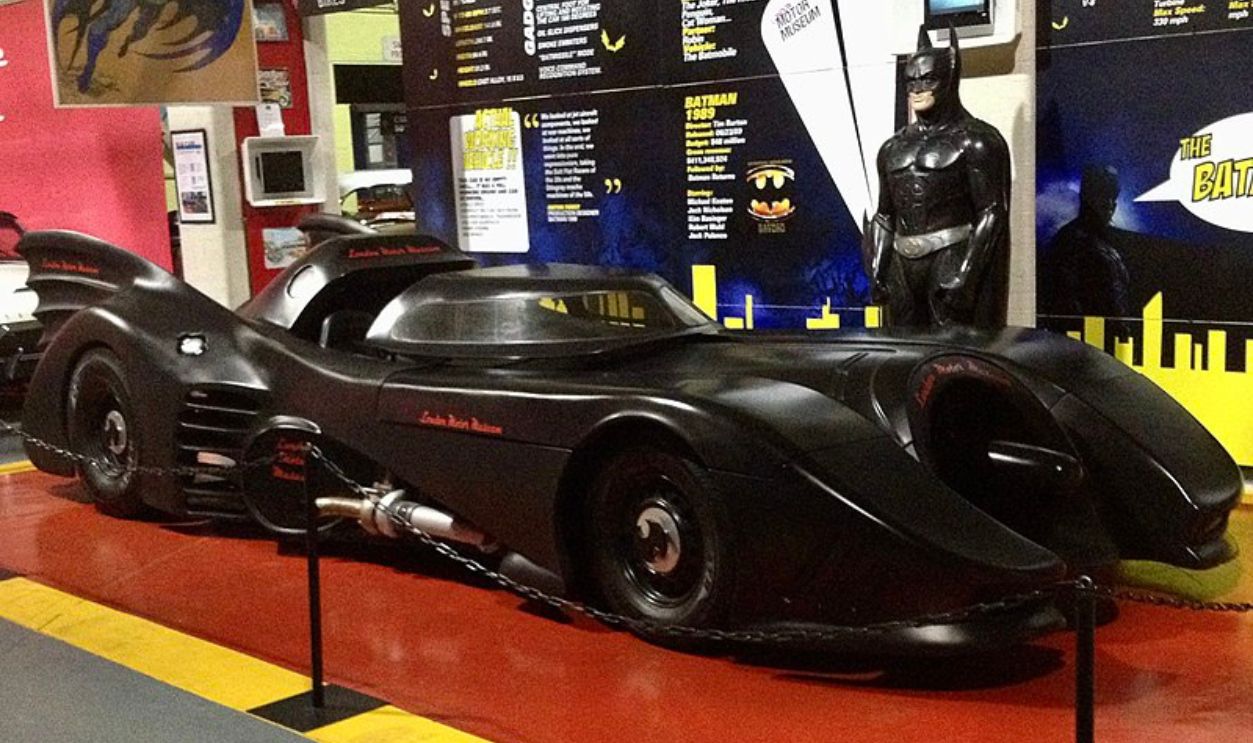 Ank Kumar, CC BY-SA 4.0, Wikimedia Commons
Ank Kumar, CC BY-SA 4.0, Wikimedia Commons
The Original Kermit The Frog Puppet
Ever wondered how legends are born? Kermit, crafted from an old coat by Jim Henson, first appeared in 1955. His charm lies in simplicity, yet he’s inspired countless laughs and life lessons. Proof that greatness often starts with the humblest of beginnings.
The Berlin Wall Fragments
Graffiti-covered slabs of the Berlin Wall stand tall at the Smithsonian. The reason? For division and unity. Constructed in 1961, it was torn down in 1989, marking the Cold War’s end. Touch its surface and feel the weight of freedom restored. Walls, after all, don’t last forever.
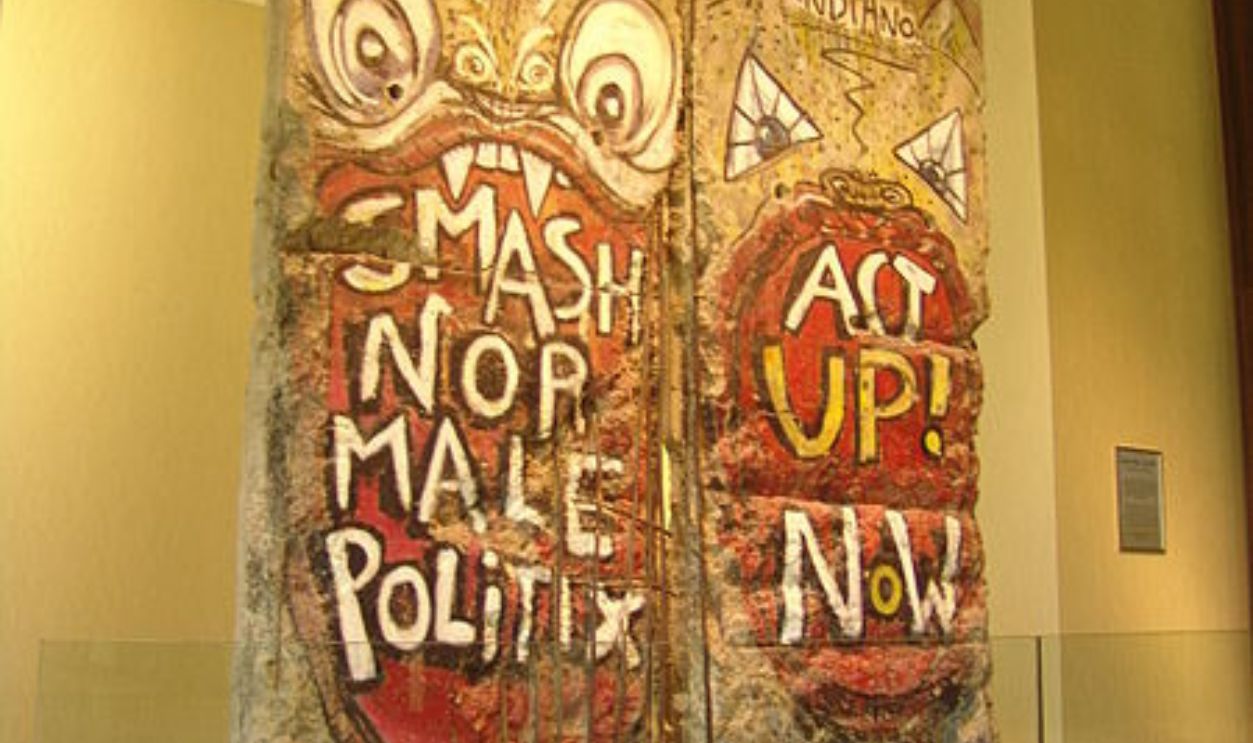 Danleo, CC BY-SA 3.0, Wikimedia Commons
Danleo, CC BY-SA 3.0, Wikimedia Commons
The 1865 Vassar Telescope
This brass telescope revolutionized astronomy and women’s education. Used by Maria Mitchell, America’s first female astronomer, it unveiled the cosmos to generations of students. It’s a stellar reminder of the leaps science and equality can take together.
The Jefferson Bible
Here’s a book with a twist. Thomas Jefferson painstakingly cut and pasted sections of the New Testament, removing miracles to focus on Jesus’ moral teachings. This DIY Bible offers a glimpse into Jefferson’s philosophical mind. What would you include in your version of history?
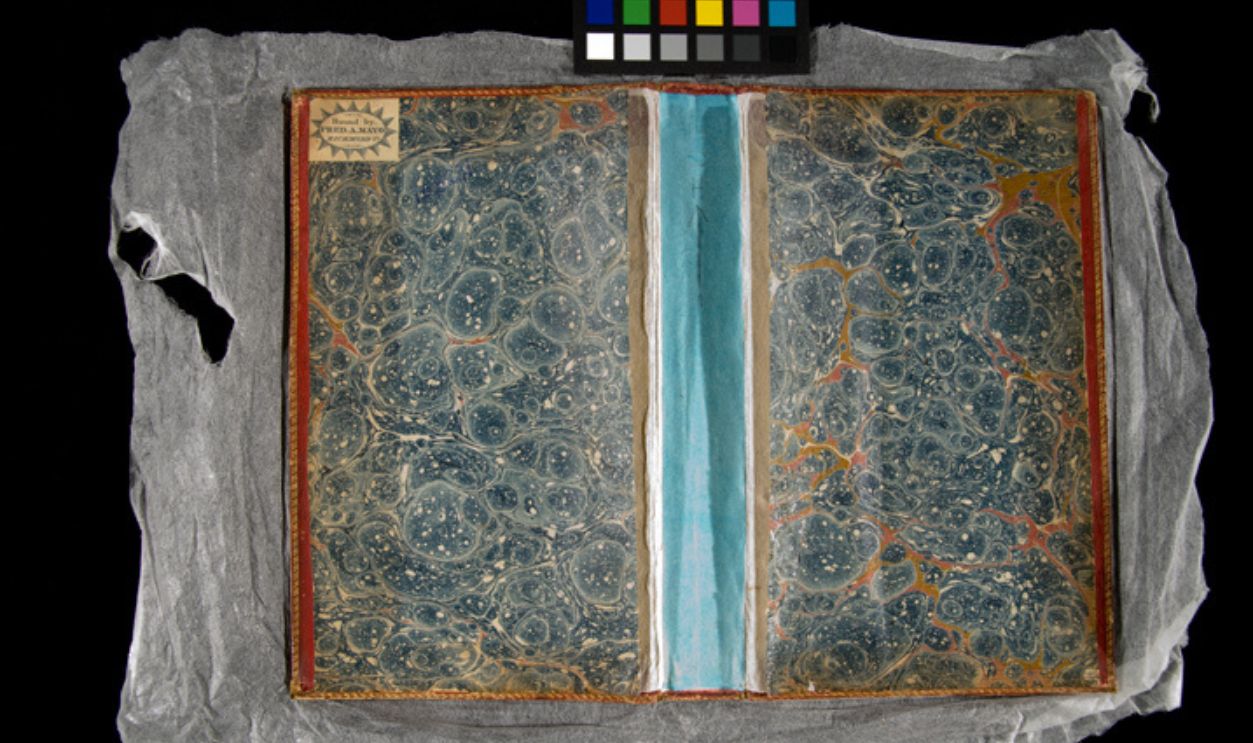 Smithsonian National Museum of American History, CC0, Wikimedia Commons
Smithsonian National Museum of American History, CC0, Wikimedia Commons

